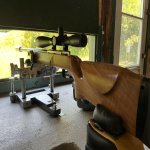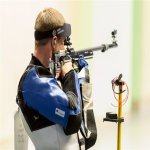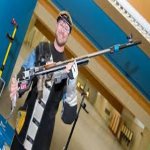Most extension/bloop tube do now, integrate a tuner on .22 competition gun. They are made to accept the globe sight, which, in his own right, add weight way up front. The Israeli Starik is one used on Olympic level gun, National competition. The Lowley, the same but popular with Australian and NZ shooters. Thats what I have on my BR50 and it work great.
When varying powder charges, you tune your barrel harmonics. At one time, some still do in Benchrest, reloading at the range between relays to adjust their load to the conditions. Now most shooter pre- load and use the tuner to make corrections instead. You must know your gun, load and how to tune very well to do this.
Most people do not need a tuner. Some guys at our club shoot long range competition up to two kilometers and tuners are not allowed. They work out their load ( using premium components) in different conditions to find what work. In my book, that show me that it is not needed for 99% of people.
On a .22, the only thing you can change is ammo ( brand , lot) ,
a tuner of the proper weight has an effect in removing vertical. You must have a good gun and be a consistent shooter to identify your tune. It’s not a replacement to take the time to find the best lot of .22 ammo for your gun….
Everybody love pictures..
 View attachment 627416
View attachment 627416



























































































